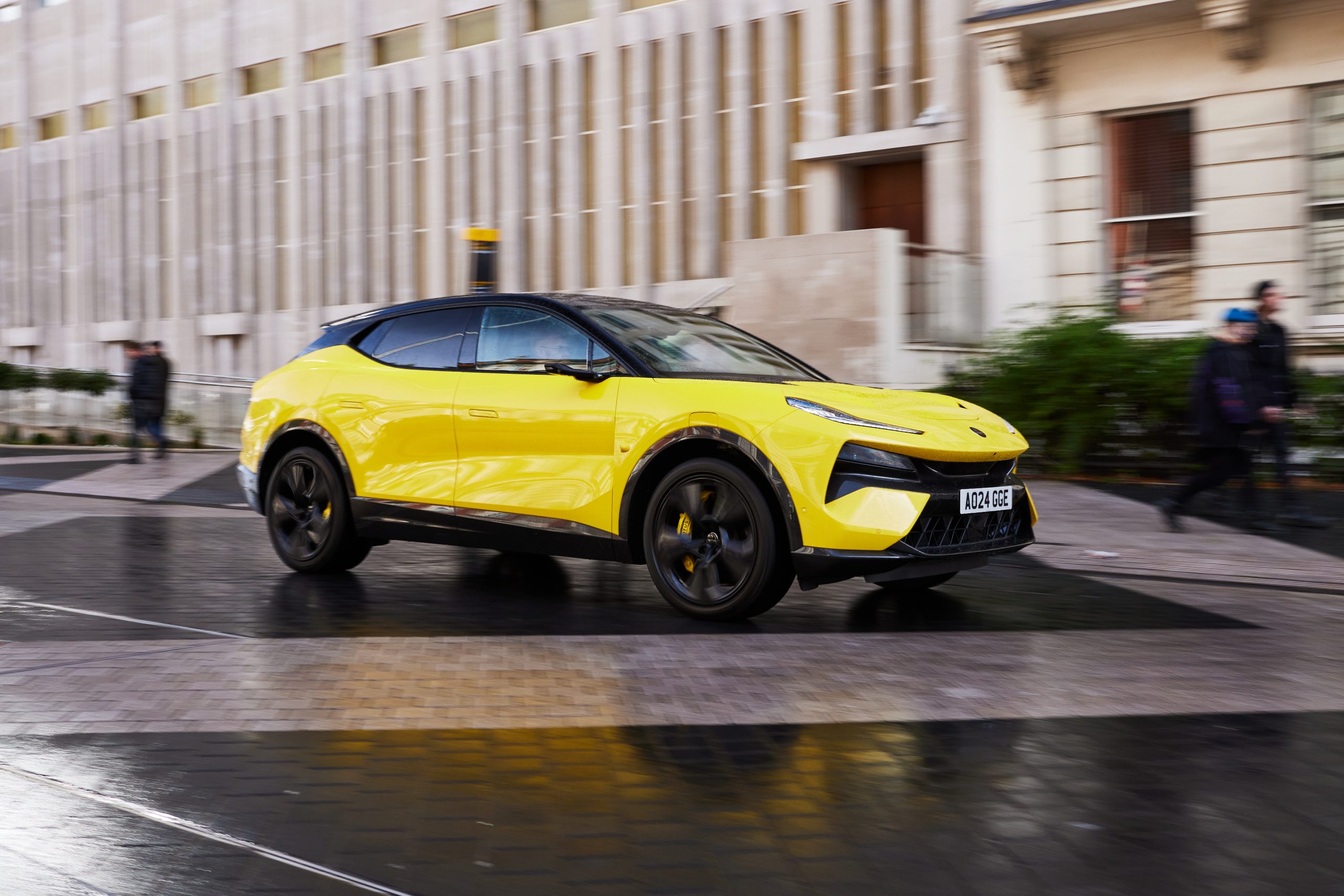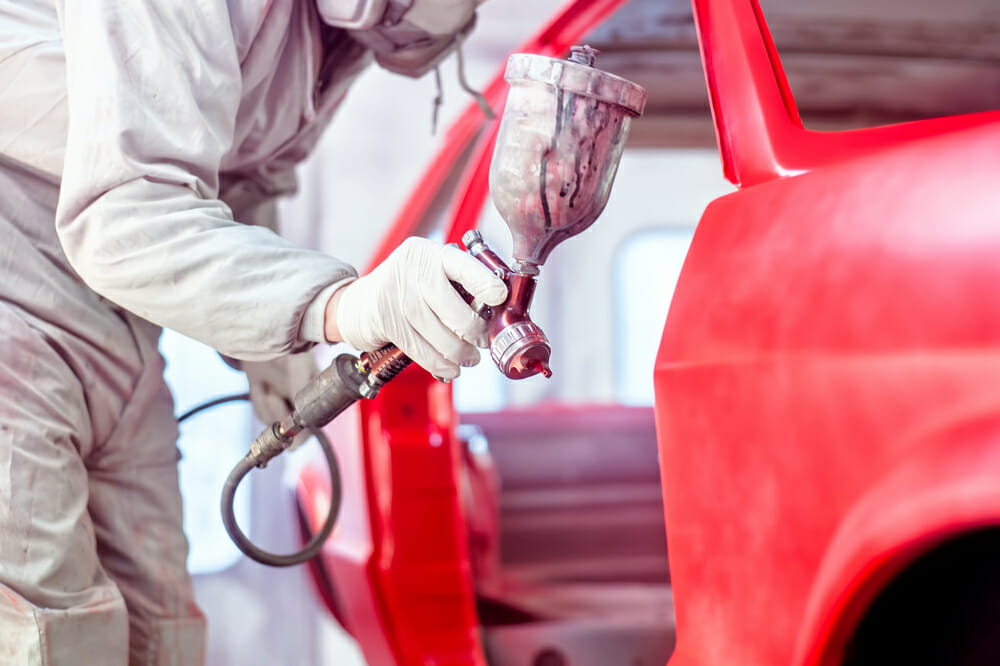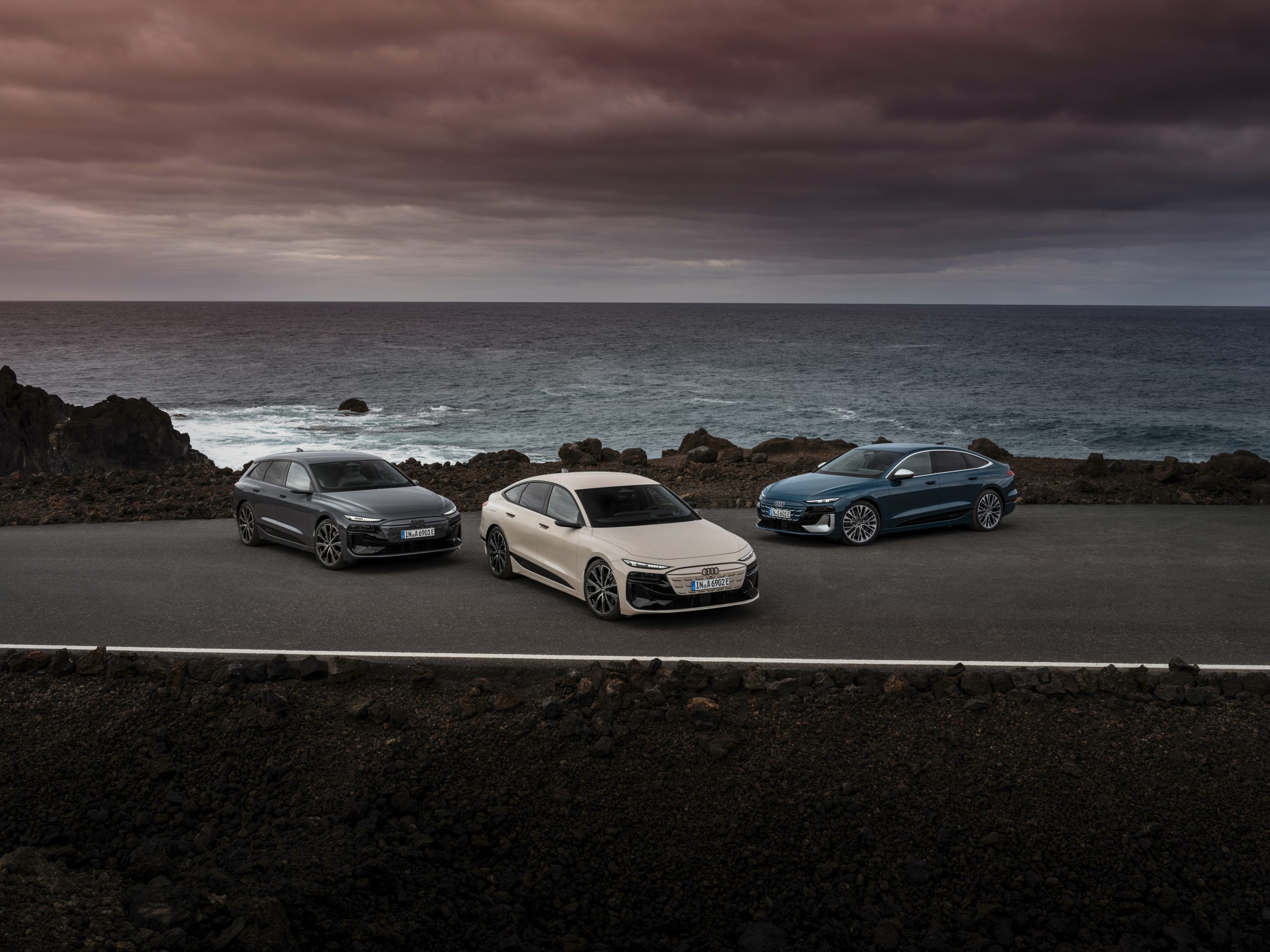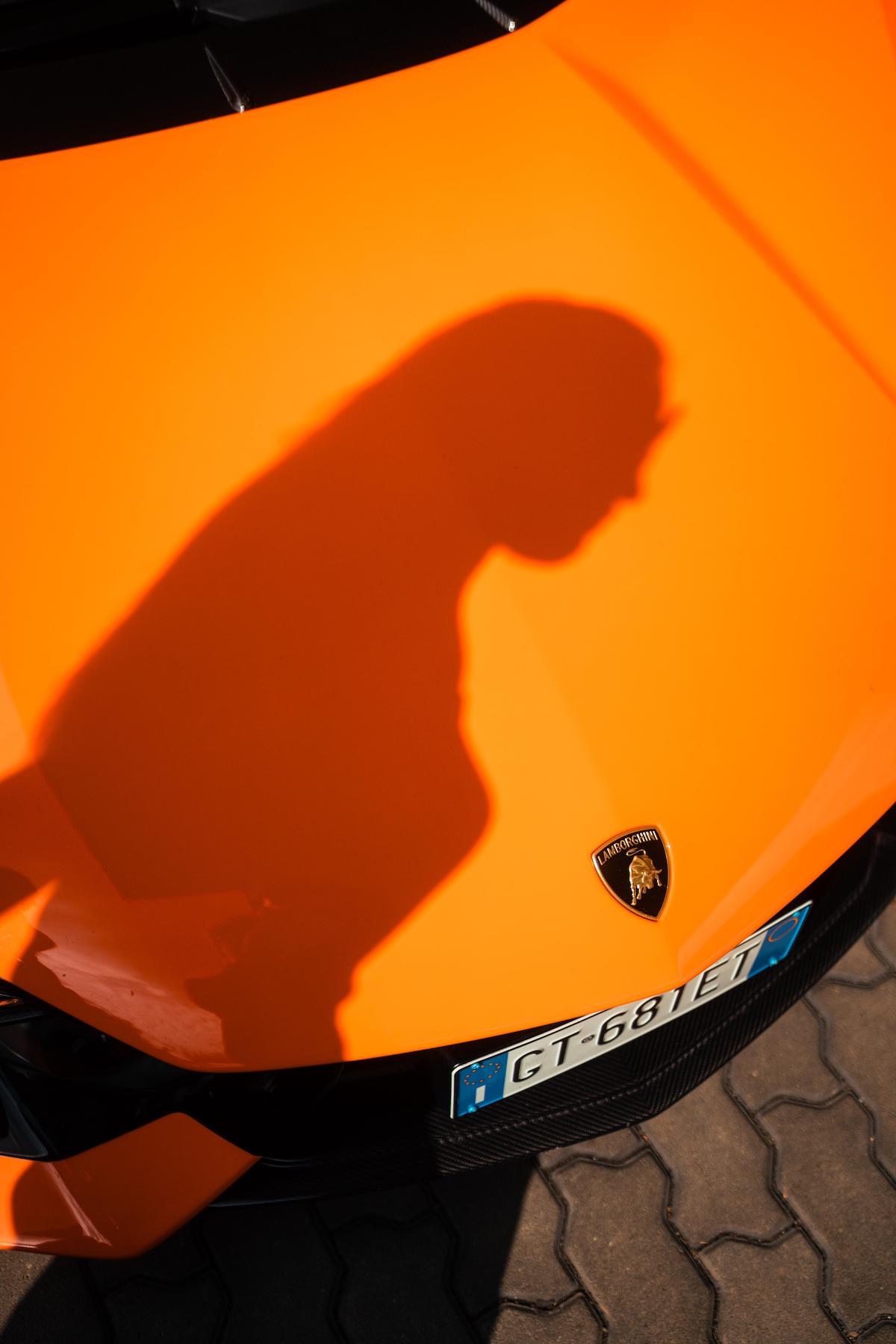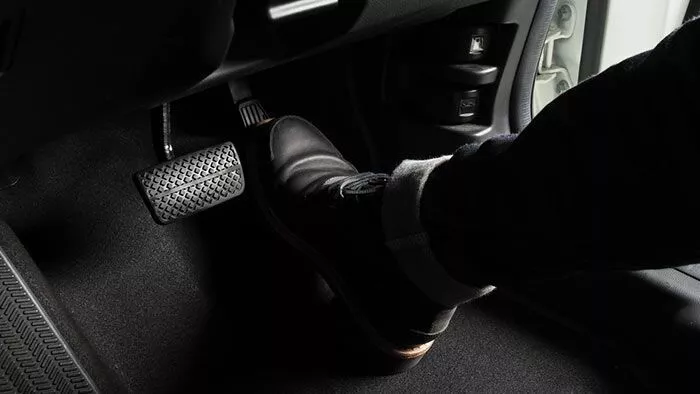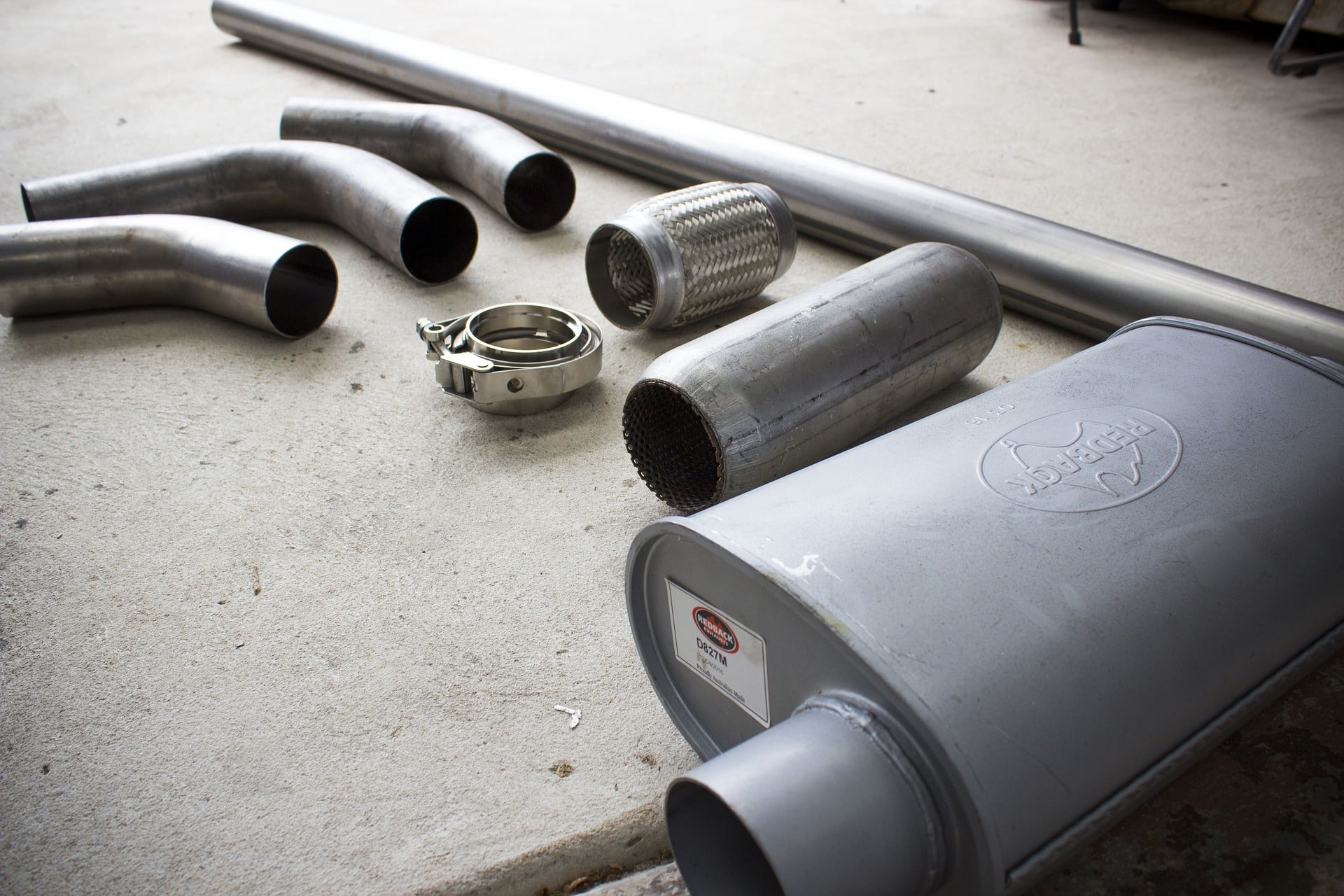How To Tell If Your Car Was Struck By Lightning
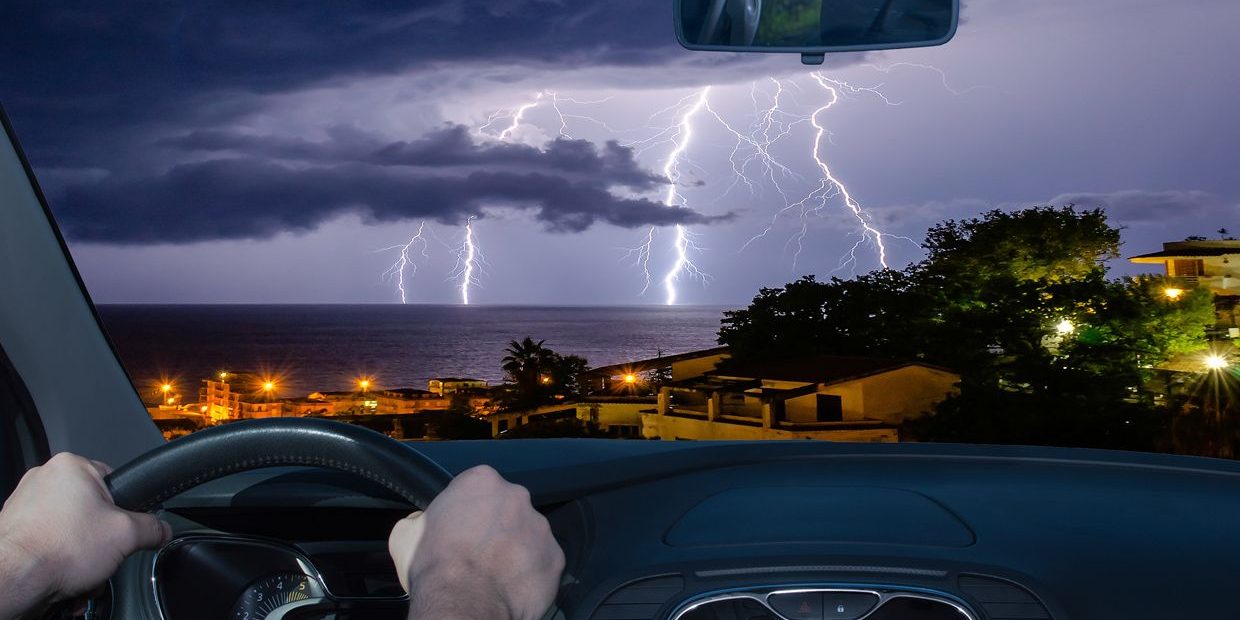
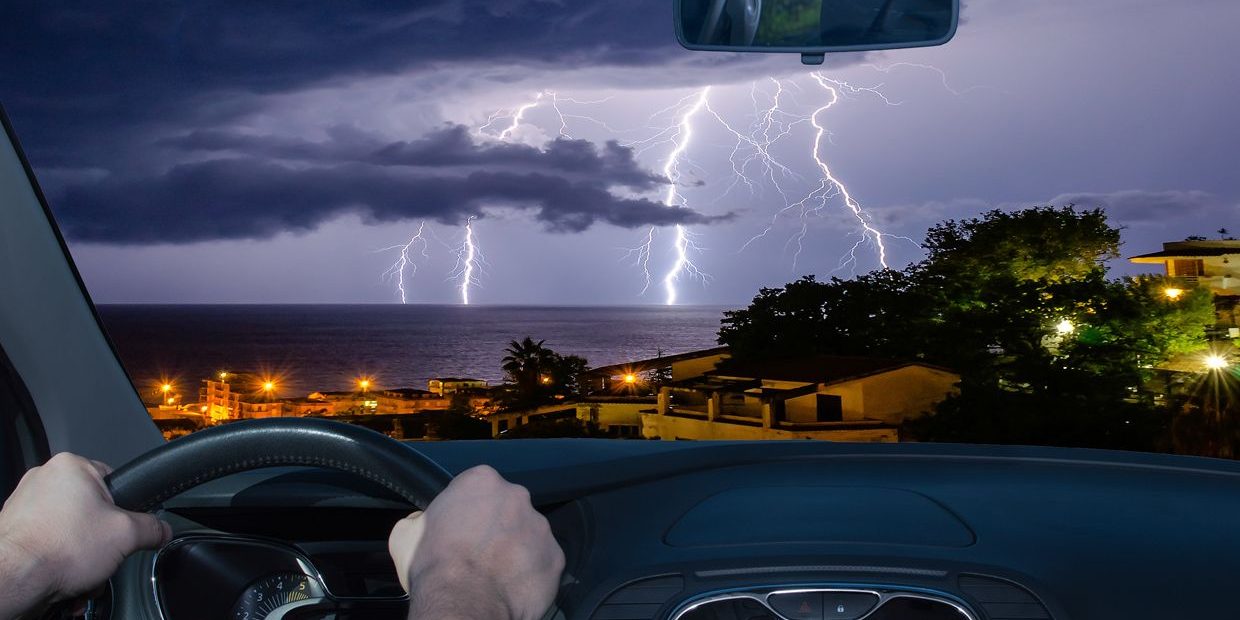
Signs that your car may have been struck by lightning
To figure out if your car has been struck by lightning, check for burn marks on the exterior, electrical issues like flickering lights or radio malfunctions, and exterior or interior physical damage such as dents, cracks, charred, or melted components. These signs under the section ‘Signs that your car may have been struck by lightning’ with sub-sections ‘Burn marks on the exterior of the car, electrical issues such as flickering lights or radio malfunctions, exterior physical damage such as dents or cracks, and interior physical damage such as melted or charred components’ can help you decide the same and take necessary actions.
Burn marks on the exterior of the car
The metal body of a car can attract lightning and cause severe damage. One of the most common indications is the presence of charred regions on the exterior surface.
The burn marks left on the outside shell are one of the obvious signs that your vehicle might have been struck by lightning. These marks result from the heat created when an electrical current passes through metallic surfaces like car frames or antennae. Other visual cues, such as scratches, dents, or structural damage, could accompany the burn marks.
It should also be remembered that not all lightning strikes leave visible signs. Even if you find no physical indicators after checking your vehicle manually, it’s vital to get it inspected professionally for internal damages such as electrical system malfunctions or fluid leaks.
To minimise any further harm caused by the lightning strike, it is best to avoid using your car until you’ve obtained professional repair services. It is recommended to keep in touch with a certified repair technician who can diagnose and fix any hidden issues within your vehicle.
Electrical issues such as flickering lights or radio malfunctions
Your vehicle may suffer from electrical malfunctions like flickering lights or radio failures if it gets hit by lightning. These forms of damage are common and may not be noticeable immediately. The reason for the delicate nature of the electrical components is that lightning creates voltage surges that can harm your automobile’s features.
It’s highly recommended that if you suspect your vehicle has been struck by lightning, have it inspected by a mechanic to be safe. The caution will lead to efficient identification and repair of any problems resulting from the incident, prevent additional damages, and guarantee the safety of drivers.
One distinct sign that your car has suffered a lightning strike is discovering melted or fused parts beneath its exterior that are accessible without having an accident. There’s also a swirling pattern on the metallic components below as electric discharges follow varied paths during lightning strikes. Another clear indication is holes confirmed by high-temperature arcing within parts deemed nonconductive.
There was an instance where a man’s vehicle was hit while driving on the highway during a thunderstorm. He didn’t realise his car had been struck until he discovered burns on his hands as they rested on top of his steering wheel shortly after waking up in the morning after storm night, which had passed peacefully with no wrecks causing head-on accidents. When he took his car to a shop, he learned there were several damaged electric components due to the lightning strike; however, thanks to early detection, it was returned to him in good health.
Exterior physical damage such as dents or cracks
Due to a sudden natural occurrence like lightning strikes, vehicles can suffer significant physical impact. Here are signs of exterior, physically damaging effects commonly encountered:
- Dents and cracks on the vehicle body
- Cracks in the windshield or windows
- Broken side mirrors or antennas
- Burn marks or scorching on the exterior
In addition to these indicators, if the car’s electrical system fails, it could mean your vehicle has been struck by lightning. It is best to take your car for repair immediately if you experience any of these symptoms.
According to the National Lightning Safety Institute (NLSI), an average of 20 million lightning strikes hit the United States each year.
Interior physical damage, such as melted or charred components
The aftermath of a lightning strike can lead to interior physical damage in your car, resulting in melted or charred components. This damage can often go unnoticed and have detrimental effects on your vehicle’s electrical system. If you suspect your car has been struck by lightning, there are signs to look out for.
One indication of interior damage is if you notice any burned or melted components, including wires and fuses. Additionally, the dashboard may indicate electrical faults or failures with warning lights illuminating randomly or consistently. A burning smell inside the car could also indicate electrical damage caused by a lightning strike.
If you suspect your car has been affected by lightning, take it to a professional mechanic immediately for a thorough inspection. They will be able to detect any internal damage that is not visible to the naked eye and repair it accordingly.
To prevent future occurrences of this type of damage from happening again, it is recommended that you park your vehicle in covered areas during thunderstorms or extreme weather conditions. Moreover, installing surge protectors and grounding rods around your parking space can provide additional protection against future lightning strikes.
Protecting yourself from the destructive power of nature should always be at the forefront of our minds. With awareness and caution when driving in severe weather conditions and safety measures taken accordingly, cars’ physical integrity can be sustained longer without damage due to elemental forces like lightning.
Steps to take if you suspect your car was struck by lightning
To determine if your car has been struck by lightning, follow these steps: inspect the car for signs of damage; have a professional mechanic inspect the car’s electrical system; contact your insurance company; and consider the safety of the car and whether it’s safe to continue driving. In the following subsections, we’ll discuss each of these steps as a solution to ensuring your car is safe and secure.
Inspect the car for signs of damage
After a possible encounter with lightning on the road, it is imperative to assess your vehicle for probable damages. Here are some steps to follow to inspect the car for signs of damage in detail.
- Look out for burn marks: Examine your car for any visible burn marks primarily on metal parts such as the roof, hood, trunk, and exhaust pipes.
- Inspect electricals: Check all electronic components like lights, stereo systems, alarms, and radios, as electrical systems in cars are vulnerable to power surges.
- Inspect tyres and wheels: Lightning passing through tyres might eradicate rubber from them, leaving distinctive marks or holes. Look at tyre pressure after an event.
- Check exterior colour: Discoloured parts on the exterior can also be an indicator that lightning strikes your car.
It’s important to note that if you do find signs of damage, seek professional help immediately instead of trying DIY repairs. To mitigate potential dangers when driving during a thunderstorm, consider pulling off the road until it’s safe to continue.
Have a professional mechanic inspect the car’s electrical system
To ensure the safety and functionality of your car’s electrical system after a lightning strike, it is recommended to have a certified automotive technician inspect it thoroughly.
- The first step is to identify any visible damage caused by the lightning strike, such as burned fuses or wiring. It is crucial to exercise caution when visually inspecting the car to see if there are any indications of damage.
- Next, the mechanic should use specialised diagnostic equipment to test various components of the electrical system, including the battery, alternator, and starter motor. The technician should also analyse the car’s computer codes to identify any underlying issues that may not be visible during a visual inspection.
- Finally, upon completing these tests, the mechanic will provide recommendations on the repair or replacement of any damaged components detected during both visual and diagnostic inspections.
It is important to note that warranties typically do not cover damages caused by natural occurrences like lightning strikes. However, immediate action can help detect issues early and minimise further damage.
In a recent case in Florida, a driver had left his car parked outside while enjoying a beach day when he heard loud thunderclaps and saw lightning bolts nearby. Upon returning to his car later that evening, he noticed several new electrical problems with his vehicle. He took the necessary steps immediately and had his electrical system inspected by a professional mechanic. Fortunately for him, it was found that only minor repairs were needed.
Contact your insurance company
If you suspect your vehicle was hit by lightning, it’s crucial to take action quickly. Reach out to your insurance provider immediately to report the incident and start the claims process. Provide them with as much detailed information as possible, including the time and location of the event, any witnesses present, and photographs of any damage. Failing to promptly inform your insurance company could result in complications or even denial of your claim.
It’s important to keep in mind that not all car insurance policies cover lightning strikes. Review your policy beforehand to know what is included and excluded from coverage. Some policies may only include damage caused directly by a lightning strike, while others may also include indirect damage such as electrical malfunctions caused by the strike.
In addition to contacting your insurance company, ensure you have thoroughly documented any physical damage or other effects on your vehicle resulting from the lightning strike. Be prepared to provide this documentation and any relevant receipts for repairs or replacements, if needed.
One unfortunate example of a car struck by lightning occurred in October 2019 in Illinois. The owner had parked his Tesla Model S outside overnight during a thunderstorm when it was struck by lightning, causing significant damage, including a melted battery pack and blown-out windows. The cost of repairing this type of damage can be steep, which is why having comprehensive insurance coverage is crucial for protecting yourself financially in case such an event occurs.
Consider the safety of the car and whether it is safe to continue driving
When a vehicle is struck by lightning, evaluating the safety of the car and determining if it is safe to drive is crucial. Lightning can cause damage to a car’s electrical system, tyres, and other critical components that could jeopardise its safety. One indication that your car may have been struck by lightning is if you notice any visible marks or burns on its exterior.
If you suspect that your car has been struck by lightning, carefully inspect its exterior for any damages or signs of harm. Look at the car’s tyres and brake pads as they absorb more electricity during an electric shock. If you notice any abnormalities in how the car drives or hesitations when turning on the engine, do not continue driving it.
Ensure that all electronic devices are turned off before inspecting your vehicle to avoid electrical shocks from possible residual electricity stored within. With these precautions taken care of, check for even minor superficial damages like dents or scrapes, along with bigger problems like total battery failure.
A friend once recounted a story where his friend’s car was parked outside during a storm and hit by lightning. Everything looked fine when he got into it after the storm, but shortly after driving off, sparks started flying from under the hood, followed by small flames. It turned out there had been an electrical fire under the dashboard, which promptly rendered the car irreparable.
Tips for preventing lightning damage to your car
To prevent lightning damage to your car, follow these tips in the section “Tips for Preventing Lightning Damage to Your Car” with sub-sections: avoiding parking under trees or in open fields during thunderstorms, using surge protectors when charging devices in the car, and installing a lightning rod on your car if you live in an area with frequent thunderstorms. These simple prevention strategies can save you from costly repairs and potential safety hazards.
Avoid parking under trees or in open fields during thunderstorms
During thunderstorms, it is advisable to park your car in secure areas instead of open fields or under trees. This is because lighting often strikes tall objects like trees and phone poles or near metal surfaces like cars, which can be dangerous for occupants and cause significant damage to the vehicle.
Parking your car in a garage or covered area during a thunderstorm can offer protection from lightning damage. Alternatively, you can also look for public parking spaces that offer covered roofs or concrete structures to protect your car from natural disasters like lightning strikes.
If you cannot avoid parking outdoors or in indirectly exposed areas, it is essential to take precautions such as disconnecting electronic devices and avoiding touching door handles or other metal surfaces inside the vehicle during thunderstorms to reduce the risk of electrocution.
Pro Tip: Investing in a lightning rod system can help divert lightning strikes away from your car’s metallic parts, reducing the risk of significant damage due to electrical discharge. Keep your devices charged and your car unfried, use surge protectors, or end up paying a hefty price.
Use surge protectors when charging devices in the car
When charging electronic devices in your vehicle, it is important to take precautions to prevent damage from lightning strikes. Safeguarding against this potential danger can save you time and money. Here are some tips for protecting your car and electronics:
- Use surge protectors designed specifically for cars.
- Check the ratings of the surge protector to ensure it is appropriate for your device.
- Ensure the surge protector has a ground wire connected to the metal in the car.
- Avoid using cheap knock-off surge protectors that may not offer proper protection.
- Do not leave devices charging when not in use, especially during a thunderstorm.
- If possible, avoid charging devices during a thunderstorm altogether.
It’s worth noting that while a standard power strip or extension cord may seem like an easy solution for powering multiple devices in your car, they do not offer effective protection against lightning strikes. Be conscious of the potential dangers and take extra steps to safeguard yourself and your vehicle.
For additional protection, consider investing in a lightning rod or other equipment designed specifically for lightning safety. It’s always better to be safe than sorry!
A fact: According to the National Weather Service, there are an average of 25 million cloud-to-ground lightning strikes each year in the United States alone. When it comes to lightning strikes, it’s better to be safe than char-grilled, so consider adding a lightning rod to your ride.
Install a lightning rod on your car if you live in an area with frequent thunderstorms.
Living in an area where thunderstorms strike frequently can pose a threat to the vehicle you own. To prevent damage from lightning, consider installing a lightning protection system on your automobile.
The best way to protect your car from lightning is by installing a rod that will conduct electricity away from it. A professional electrician can install this type of equipment for you. They can also inspect the car and ensure everything is grounded correctly.
Another option is to park your vehicle in a covered area or garage during a storm. By keeping the car under cover, you are minimising its exposure to lightning strikes.
Additional precautions include avoiding driving during a thunderstorm and reducing metal contact while inside the vehicle. Turning off electronic devices, such as radios or phones, can also reduce the risk of electrical discharge through them.
Along with these measures, keep your insurance policy updated in case of any eventualities. Remember that safety should always come first for yourself and others when dealing with natural disasters.
How To Tell If Your Car Was Struck By Lightning – Frequently Asked Questions
1. What are some signs that my car has been struck by lightning?
If your car has been struck by lightning, there may be visible damage to the exterior or interior, such as dents, burns, melted parts, or shattered windows. You may also notice electrical issues, such as the radio or headlights not working.
2. Can lightning cause a car to stop working?
Yes, lightning can cause a car to stop working if it damages the electronic components or electrical system. This can happen even if there is no visible external damage.
3. Is it safe to drive a car that has been struck by lightning?
It is generally safe to drive a car that has been struck by lightning, as long as there is no visible damage to the tires, brakes, or steering system. However, it is still a good idea to have the car inspected by a professional to make sure it is safe to drive.
4. Should I report a lightning strike to my car insurance company?
Yes, you should report a lightning strike to your car insurance company, even if there is no visible damage. This will help protect you in case there are hidden damages that become apparent later on.
5. How can I prevent my car from being struck by lightning?
There is no guaranteed way to prevent a car from being struck by lightning, as it is a random event. However, you can reduce the risk by avoiding parking under trees or near tall buildings during a thunderstorm.
6. Can lightning strikes affect the value of my car?
Yes, lightning strikes can affect the value of your car, as they may cause damage that is expensive to repair or affect the safety and reliability of the car. However, the extent of the damage and the car’s overall condition before the lightning strike will also play a role in determining the value.


